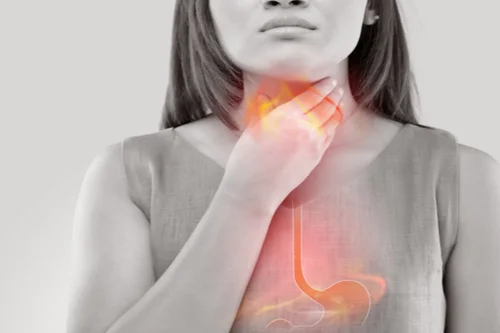Swalloing Disorders
Swalloing Disorders

Swallowing disorders, also called dysphagia, occur when there is difficulty passing food, liquids, or even saliva from the mouth to the stomach. This can happen at any age but is more common in older adults or people with certain medical conditions. Swallowing involves many muscles and nerves working together — when something goes wrong, it can make eating uncomfortable, unsafe, or even dangerous.
Common symptoms of swallowing disorders
- Feeling of food stuck in the throat or chest
- Pain or discomfort while swallowing
- Coughing or choking during meals
- Hoarseness or gurgling voice after eating
- Unexplained weight loss or dehydration
- Frequent chest infections (from food or liquid entering the lungs)
Possible causes
- Neurological conditions (stroke, Parkinson’s, ALS)
- Muscle weakness or spasm
- Blockages (tumors, strictures, or enlarged thyroid)
- Infections or inflammation of the esophagus
Treatment
- Diet changes (softer or pureed foods, thickened liquids)
- Diet changes (softer or pureed foods, thickened liquids)
- Swallowing therapy with a speech-language pathologist
- Surgery to remove blockages or widen narrowed areas
If you or a loved one is struggling with swallowing, don’t ignore it — prompt evaluation can prevent serious complications like aspiration pneumonia. Our ENT specialists work closely with experts in speech and swallowing therapy to provide the best care. Book an appointment today.
